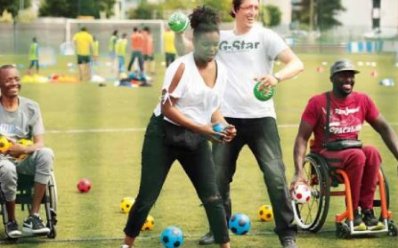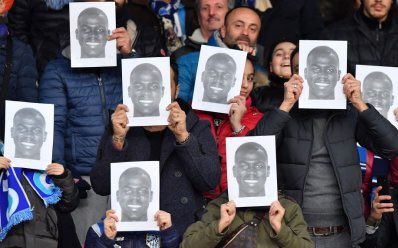It started in 1983 promoted by UISP and has not stopped since. The “greatest race in the world” continues to be the great protagonist of sports for all, embracing in a single, original formula, professional athletes and Sunday sportsmen with the competitive 10km in addition to the recreational motor walk in many Italian and foreign cities, departure for all at the same time, single ranking based on compensated times. And every year, a theme to fight for: peace, human rights, environmental respect, social equality, solidarity among peoples. So that freedom (to run) is not a privilege of the few.
Let us then follow together some of the most significant stages:
1984 - “Italy, ready, go!”: after the prologue in Perugia in 1983, the Vivicittà adventure starts. 30 thousand people run simultaneously in twenty Italian cities to defend the historic centers. In the Rome trial, the overall winners, both Russians, Vladimir Kotov and 26-year-old Palina Gregorenko, impose themselves.
1986 - Vivicittà lands in New York launching a message of friendship and solidarity among people. Participants grow to 60,000. The route is reduced to 12 km to standardize the courses and make the compensated rankings more truthful. The overall winners are running in Rome: Britain’s Tim Hutchings and Italy’s Anna Villani.
1989 - Vivicittà runs with a mask. A system to detect pollution levels during physical activity is tested in Rome by having some athletes run with a special mask. On the occasion of the European Year for Combating Cancer, a vademecum of rules for prevention is distributed to all participants. 80 thousand athletes run in the 33 Italian and 7 foreign venues. Salvatore Antibo wins over all, winning for the second consecutive time in Palermo.
1990 - after the fall of the wall, the event is in reunified Berlin. Record number of cities entered: 34 in Italy and 7 abroad: in addition to Berlin, Seville, Barcelona, New York, Budapest, Lisbon, Brussels. The winner runs in Siena and is Rwandan Ntawulikura while the German capital gives the female winner, Uta Pipping.
2000 - “With everyone’s reasons for everyone’s rights” is the message accompanying Vivicittà in its debut in Baghdad. Roman marathon runner Giuseppe Papaluca walks the 1,000 km from Amman to Baghdad to bring a message of peace. Catania reintroduces compensated winners with Kenyan Robert Kipchumba and Italian Agata Balsamo.
2008 - two more iconic cities united by Vivicittà’s message. Running in Beirut and Bucharest in the name of tolerance and integration. 70 thousand athletes participate in the 40 Italian cities. Victory goes to Kenyan Philemon Kipketer Serem and Italian Renate Rungger.
2011 - runs in the name of 150 years of the Unification of Italy. 100 thousand runners at the start in 38 Italian cities and 16 around the world. Vivicittà also involves 17 penitentiary and juvenile institutions and the Palestinian camps in Lebanon, as the concluding event of the Palestiniadi. Among the winners, absolute primacy to Africans with Moroccans Khalid Ghallab among men and Hafida Izem among women.
2016 - #Freetomove, the theme of Vivicittà 2016 was related to welcoming and the social value of sport, which manages to overcome geographical and social borders. The symbolic place of this edition – which saw 60,000 participants in 43 Italian cities and 11 in the world – was Lampedusa.
2022 - after a two-year stop caused by the Covid-19 pandemic, Vivicittà returns throughout Italy, with a special dedication to Peace. Vivicittà – the race for peace, gathers 20,000 participants in 30 Italian cities.







